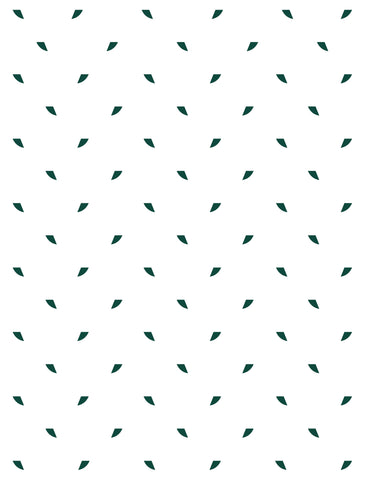Strelitzia Nicolai
Origin
Native to South Africa
General Care
Light
Bright to direct sun (at least 3-4 hours per day).
Temperature
18-24°C (spring-fall). Give a rest at 15°C (winter). Protect from hot or cold drafts.
Humidity
Average to higher. For extra humidity: mist 1-2 times per week, place pot on moist pebbles in a tray, group with other plants, or, introduce a humidifier.
Water
Weekly. Water moderately (spring-fall) and allow moist potting mix to dry within top 1–2”. Water sparingly (winter) and allow barely moist mix to dry almost fully. Always check moisture level before watering. Aerate mix to improve its condition.
Fertilizer
Every 2 weeks (spring-fall). Use organic houseplant fertilizer, according to packaging instructions.
Maintenance
Every 1-2 weeks, rotate plant to ensure even growth. Every 1-2 months, dust leaves with a soft, damp cloth and inspect for pests, when doing so. Trim droopy or unsightly leaves with sterile shears. Avoid disturbing new leaf spurs as they emerge/unfurl.
Potting and Repotting
Peat-based potting mix. For small plants: every 1-2 years (spring) move plant into a planter 1-2” larger (diameter and depth); or, repot in the same planter, using new potting mix, after cleaning planter and partially trimming back roots and foliage. For large plants: every 2-3 years (spring) move plant into a planter 2-4” larger (diameter and depth); or, repot in the same planter, using new potting mix, after cleaning planter and partially trimming back roots and foliage. Top dress annually, once maximum convenient planter size reached.
Special Points/Common Problems:
- Splits occur naturally in leaves. However, new leaf tears may suggest inadequate light or humidity.
- Crispy or brown-edged leaves may suggest underwatering, high salt or low potassium content of potting mix.
- Unlikely to flower indoors due to inadequate light.
- Droopy or inward curling leaves may suggest underwatering, while yellowing basal leaves or outward curling leaves may suggest overwatering.
